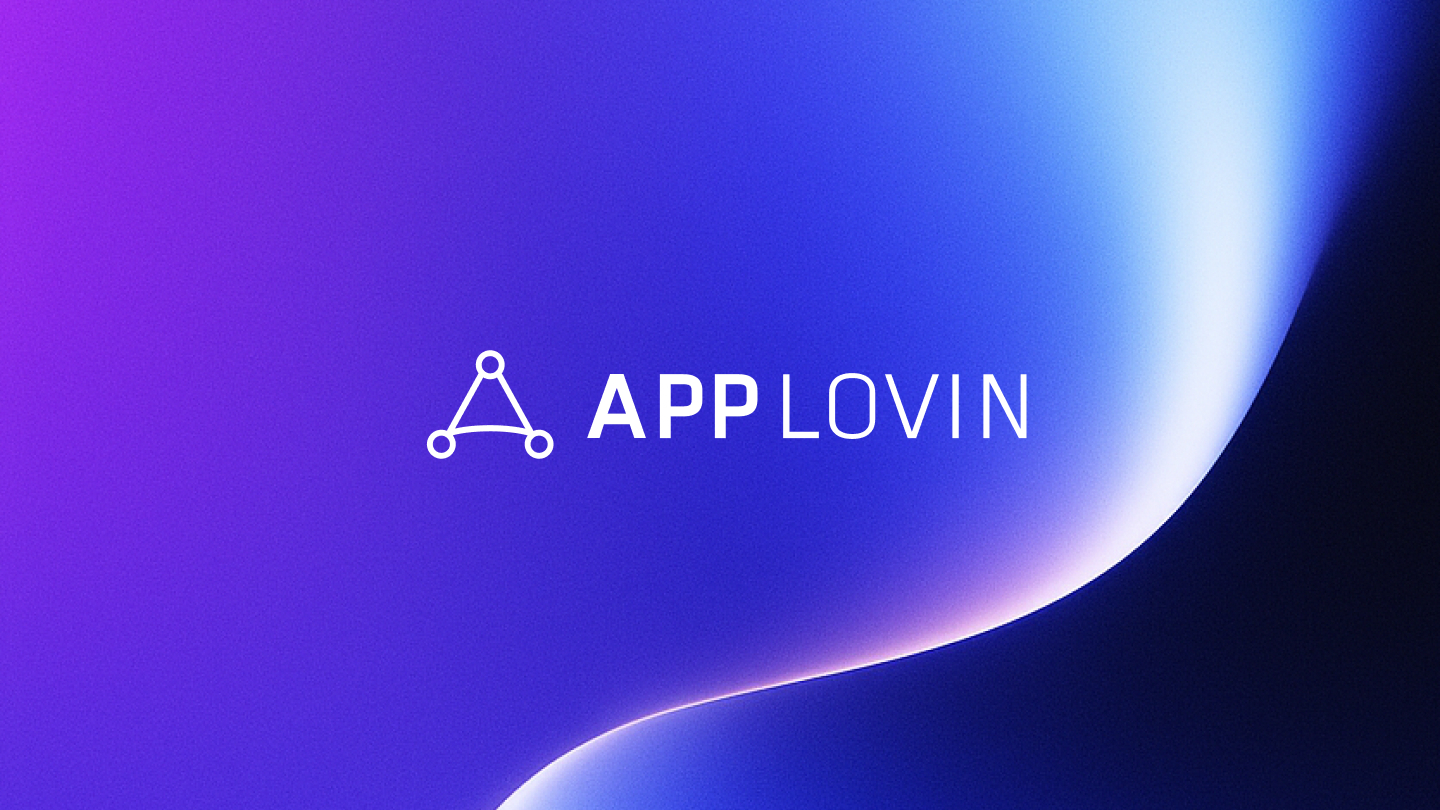In-App Bidding
In-app bidding: Everything you need to know
As with any technology, there are periods of calm preceding innovation. For in-app advertising, the calm was the waterfall era —where app publishers prioritized their demand sources via historical estimated cost per thousand impressions (eCPM) data. For years, the waterfall method was the standard across in-app advertising, but advertisers and publishers today realize there’s a better solution: In-app bidding.
What is in-app bidding?
In-app bidding is an advanced advertising method where mobile publishers are able to sell their ad inventory in an auction so that all of their advertisers are simultaneously bidding against one another. As a result of the dense competition, the price (CPMs) earned by the publisher is much higher than it would be otherwise.
In-app bidding isn’t a new technology, it’s the app-focused version of header bidding, a desktop technology that has been around since 2015. Header bidding allowed web publishers to work with third-party header bidding providers to implement code in a web page’s header. This code allowed those providers access to multiple ad exchanges, which could bid simultaneously on a publisher’s inventory. Header bidding ensured publishers got the maximum price for that impression, while advertisers who valued the inventory most won the highest bid.
Until recently, bidding wasn’t available for mobile apps, but our mobile-first world required a bidding model that’s proven to optimize CPMs for publishers, like header bidding has on the web. Technical issues and the lack of actual headers in apps prevented the solution from becoming widespread on mobile, but technological barriers are now gone — and the era of in-app bidding is here.
How is in-app bidding better than traditional waterfall monetization?
Although technically programmatic, in-app bidding has some key differences from typical programmatic methods, known as the “waterfall.” In the waterfall, publishers’ mediation platforms will prioritize the ad networks they’ve worked with previously based on historical rates offered for that impression. In-app bidding, on the other hand, allows publishers to offer their inventory in auctions that take place outside of the waterfall. This means that the inventory publishers place with various ad networks can all be bid on at the same time in order to achieve the highest possible CPM.
In-app bidding decreases fragmentation between demand sources because every advertiser is able to bid on ad impressions across many sources simultaneously. The flip side of this is that many different advertisers can see a given publishers’ inventory, so the process increases yield for publishers as well. Basically, a more democratized advertising solution that allows advertisers to see more publisher inventory and that allows publishers’ inventory to be available to more advertisers is a good one, because all parties benefit from it.
In-app bidding allows advertisers to compete in real-time for impressions rather than being placed in a hierarchy of demand partners, so publishers are able to ensure they actually achieve the highest possible CPMs for their inventory. Opening up the playing field to all advertisers allows publishers to look at each bid on each impression individually rather than looking at an average, meaning the actual highest bidder will always win the impression. It also has the added benefit of increasing CPMs because of the increased competition among advertisers. This will benefit the mobile gaming industry greatly.
Apply for MAX
Who benefits from in-app bidding?
In short, everyone in the mobile gaming industry benefits from in-app bidding. Publishers see higher revenue, advertisers have access to more inventory so they can better attribute every dollar they spend, and consumers see more relevant ads.
For publishers, there are three main benefits from in-app bidding:
Increased demand
In-app bidding increases demand for ad inventory because there are more demand sources bidding on each impression. And as demand rises, so does CPM and average revenue per daily active user (ARPDAU).
Full transparency
All demand sources are treated as equal, allowing a fair bidding environment for every source.
Improved efficiency
The traditional waterfall requires teams to manage and continually optimize, but in-app bidding is completely automated. Since each demand source has an equal chance to bid, you get the most revenue every time. By automating the buying process, publishers shift from historical to real-time pricing.

